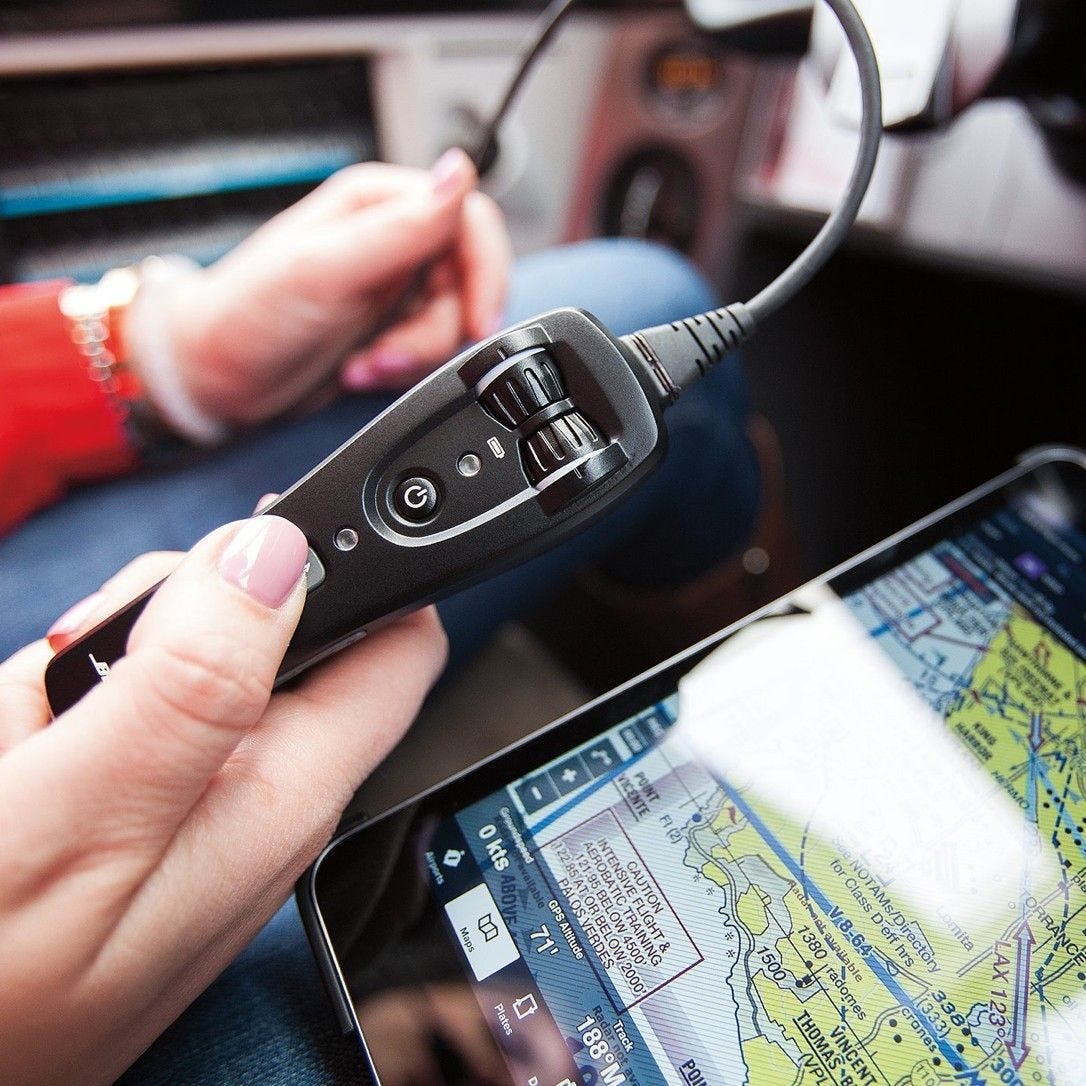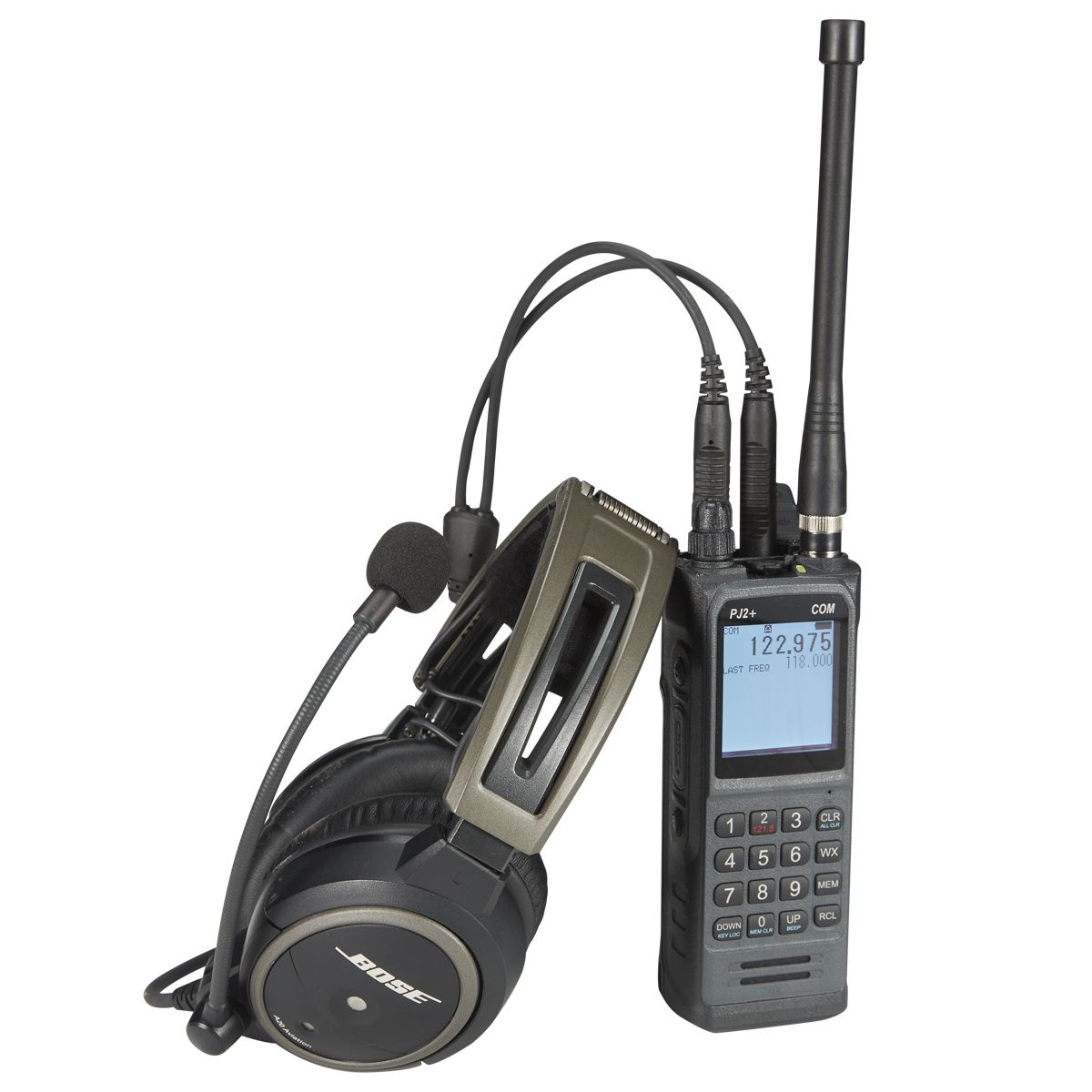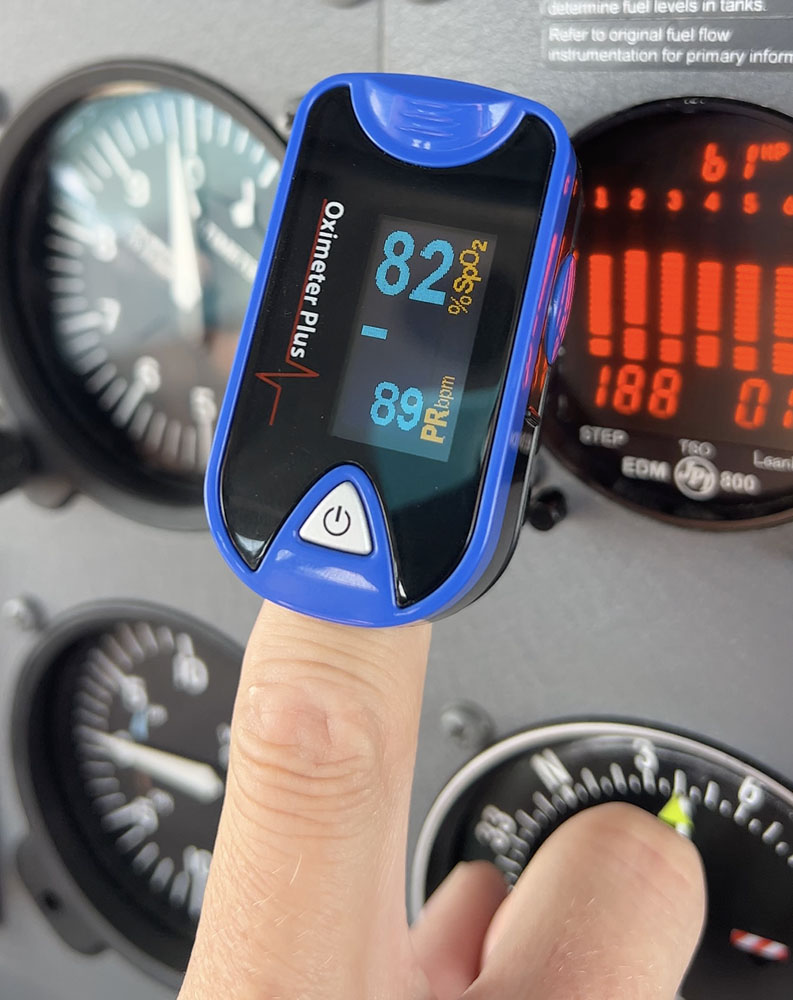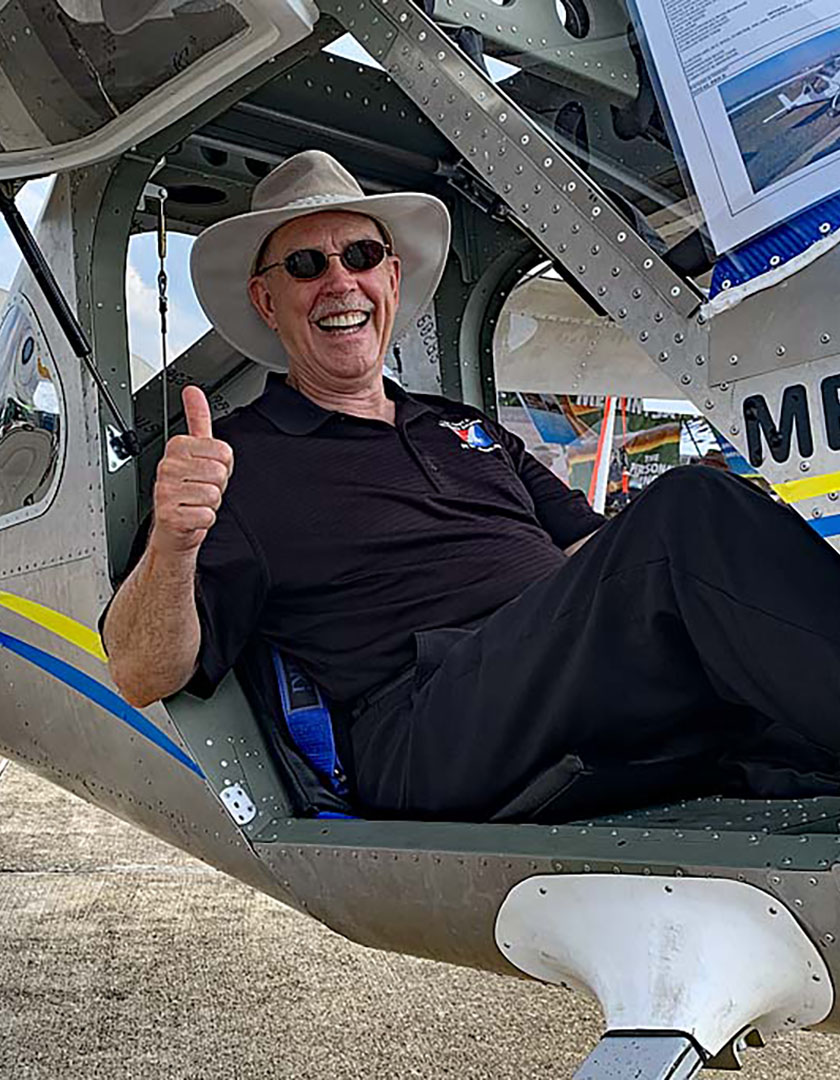Pilots like to hear themselves talk. Well, at least my wife says we do. This is especially true when transmitting radio communications. This is known as sidetone. When we press the push-to-talk (PTT) switch, not only does the world get to hear my amazingly professional voice, I get to hear it too. You won’t find sidetone on cell phones or gaming headsets, but it’s common, if not expected, in aviation.
Have you ever found sidetone to be too soft? Or maybe the sidetone is so loud that it hurts your ears? Both of these cases are less than ideal, as your brain will try to compensate for the differential. Soft sidetone leads to you yelling into the microphone, which in turn leads to more modulation of your transmission. Loud sidetone is the opposite end of the spectrum and usually makes you talk softer, with broken transmissions to follow.
To adjust sidetone, we first have to understand where it’s coming from. Sidetone is often mistaken as a function of the headset. In reality, it is a function of your radio or intercom. It’s most likely being produced from the radio, but there are situations where the intercom does the side tone. Most sidetone levels are set by the magicians known as avionics technicians: when the radio is installed, they set the sidetone to a certain level.
 Unfortunately, sidetone is not normally affected by radio or intercom volume. This means that the only adjustment us lowly pilots can make is with our headset volume. If the sidetone is really low, crank your headset volume up, then adjust the intercom and radio volumes accordingly. The opposite can be tried if the sidetone is too loud: crank down the headset volume, then bring the intercom and radio volume up.
Unfortunately, sidetone is not normally affected by radio or intercom volume. This means that the only adjustment us lowly pilots can make is with our headset volume. If the sidetone is really low, crank your headset volume up, then adjust the intercom and radio volumes accordingly. The opposite can be tried if the sidetone is too loud: crank down the headset volume, then bring the intercom and radio volume up.
There are generally three volume controls being manipulated by the pilot in most headset setups. The headset volume, the intercom volume, and the radio volume. In basic terms: radio volume controls the incoming transmission levels, intercom volume controls the levels for inside the cockpit communications, and headset volume is personal to each occupant. Finding the right combination of the three volumes to make everyone comfortable might be difficult, but if you play around them you should be able to find a happy medium. Find an empty frequency on the next VFR cross country and play around with the different volume levels.
We recommend trying to adjust these three volumes first prior to jumping into the radio/intercom settings—especially if you are renting/sharing aircraft. Some modern glass panel radios and intercoms have the ability to adjust the settings of sidetone using settings menus. Older radios might be able to be adjusted manually via a set screw (consult the manual).
If the problem persists, you might consult an avionics shop. There are situations where the wiring of the jacks can allow interference with sidetone. The magic avionics technicians can fix anything (at least that is what they will lead you to believe). As long as I can continue to hear myself talk, we’ll continue to let them think they know everything.




